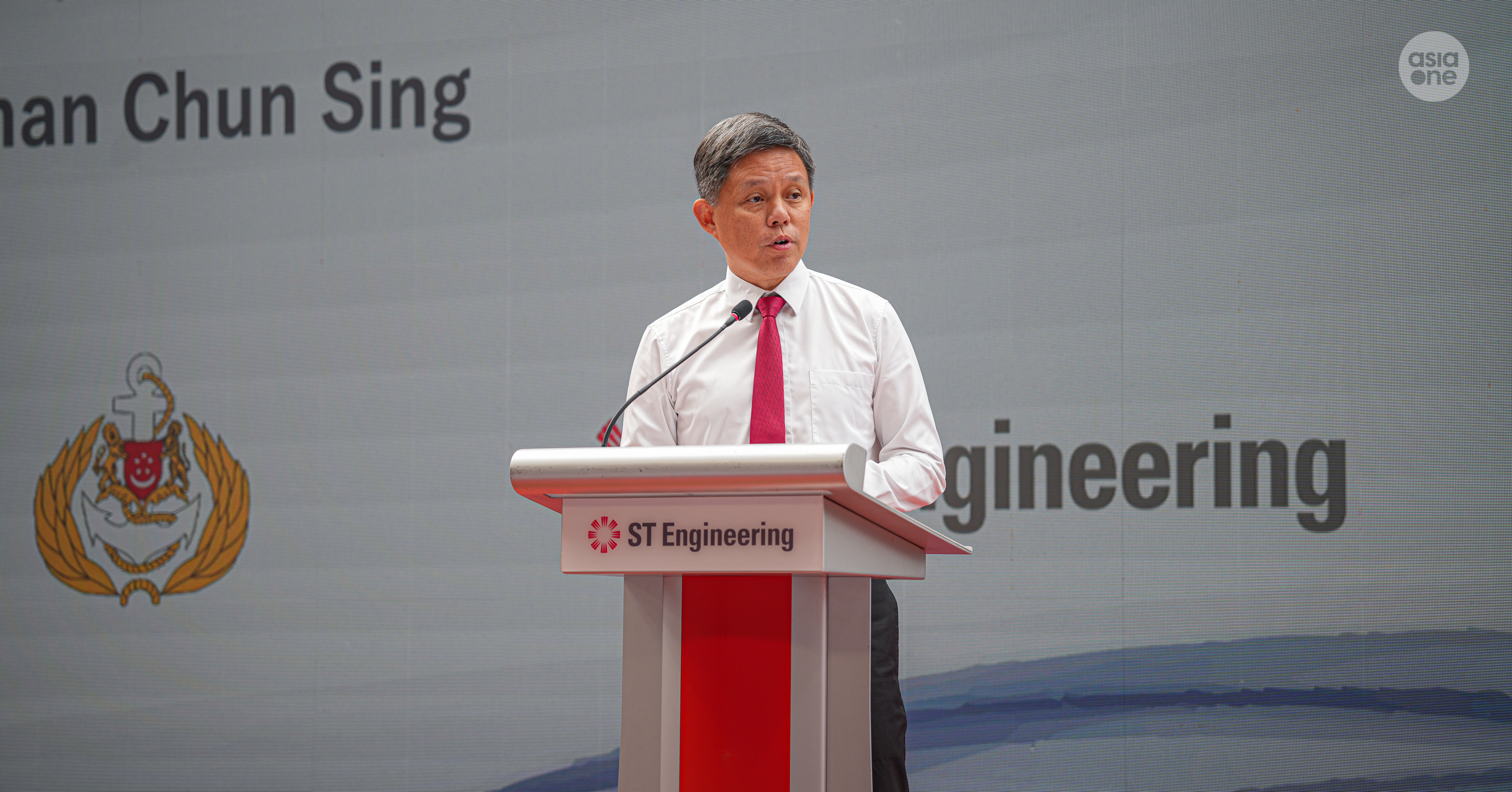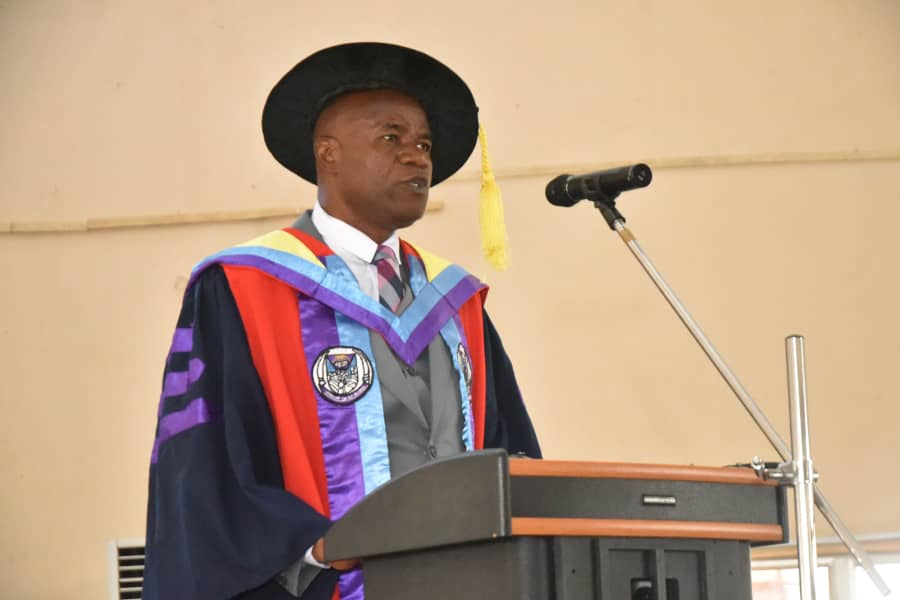Blog
‘Almost like battleship Galactica’: Chan Chun Sing on Singapore navy’s new Victory-class Multi-Role Combat Vessels, Singapore News

Speaking on Tuesday (Oct 21) at the launch of the first Victory-class MRCV named Victory at ST Engineering’s Benoi shipyard, Chan said that as Singapore’s sea lines of communications extend further, new capabilities, such as the MRCVs are needed for Singapore to ensure that these strategic lines, “remain open and accessible”.
Referring to the challenges which lie ahead, Chan said that the MRCVs can help the navy and the wider Singapore Armed Forces (SAF) to stay ahead of threats.
“What we need is a ship that can keep evolving with our operational requirements. And that is why, when this ship is built, it is built in a modular fashion that can allow us to bring in new capabilities as our mission sets evolve.

“This is why this is not a ship, but it is a mothership that will bring together the unmanned air capabilities, unmanned surface capabilities, and unmanned subsurface capabilities.
“This is the new way that we have to operate and to fight in the future.”
Multiplier effect at sea
Describing the MRCV as the largest and most complex warship built to date in Singapore, the Ministry of Defence (Mindef) said on Tuesday that the MRCVs will replace the existing Victory-class missile corvettes (MCVs).
“To honour the legacy of the Victory-class MCVs, the MRCVs will retain the names of the Victory-class MCVs,” Mindef said.
The MCVs were acquired in the late-1980s and have been in service for over 30 years.

At that time, the MCVs broke new ground by introducing anti-submarine warfare capabilities into the navy, marking the service’s foray into three-dimensional warfare.
Continuing its predecessor’s legacy, the MRCVs, with their “game changing design”, are expected to create a multiplier effect at sea to enable the navy to meet its present and future operational needs.
Said Lieutenant-Colonel Karl Su, commanding officer-designate of lead ship MRCV Victory: “The MRCV combines the best aspects of a naval combatant, like a frigate, with the full firepower of a destroyer, displacing 8,000 tonnes.
“At the same time, she is an unmanned mothership, capable of projecting unmanned aerial vehicles, unmanned surface vehicles, unmanned underwater vehicles…and this allows her to do far more than what one manned ship alone could traditionally do.”
Lieutenant-Colonel Auyong Kok Phai, deputy director of the navy’s shipbuilding group, added that the MRCVs will be both flexible and future-ready.
“She will be modular…and she will be able to be flexibly reconfigured in a very short time to do different types of mission, for example, for humanitarian assistance and disaster relief…she will be flexible for new types of mission when they arise,” he added.
The MRCVs are equipped with the Strales 76mm guided gun, Mk30-C 30mm remotely-controlled weapon system, and Mica and Aster surface-to-air missiles.
According to Mindef, surface-to-surface missiles will be confirmed subsequently.
A total of six MRCVs will be progressively delivered from 2028 onwards.
[[nid:722432]]















![React Native - The Practical Guide [2025]](https://img-c.udemycdn.com/course/480x270/1436092_2024_4.jpg)



